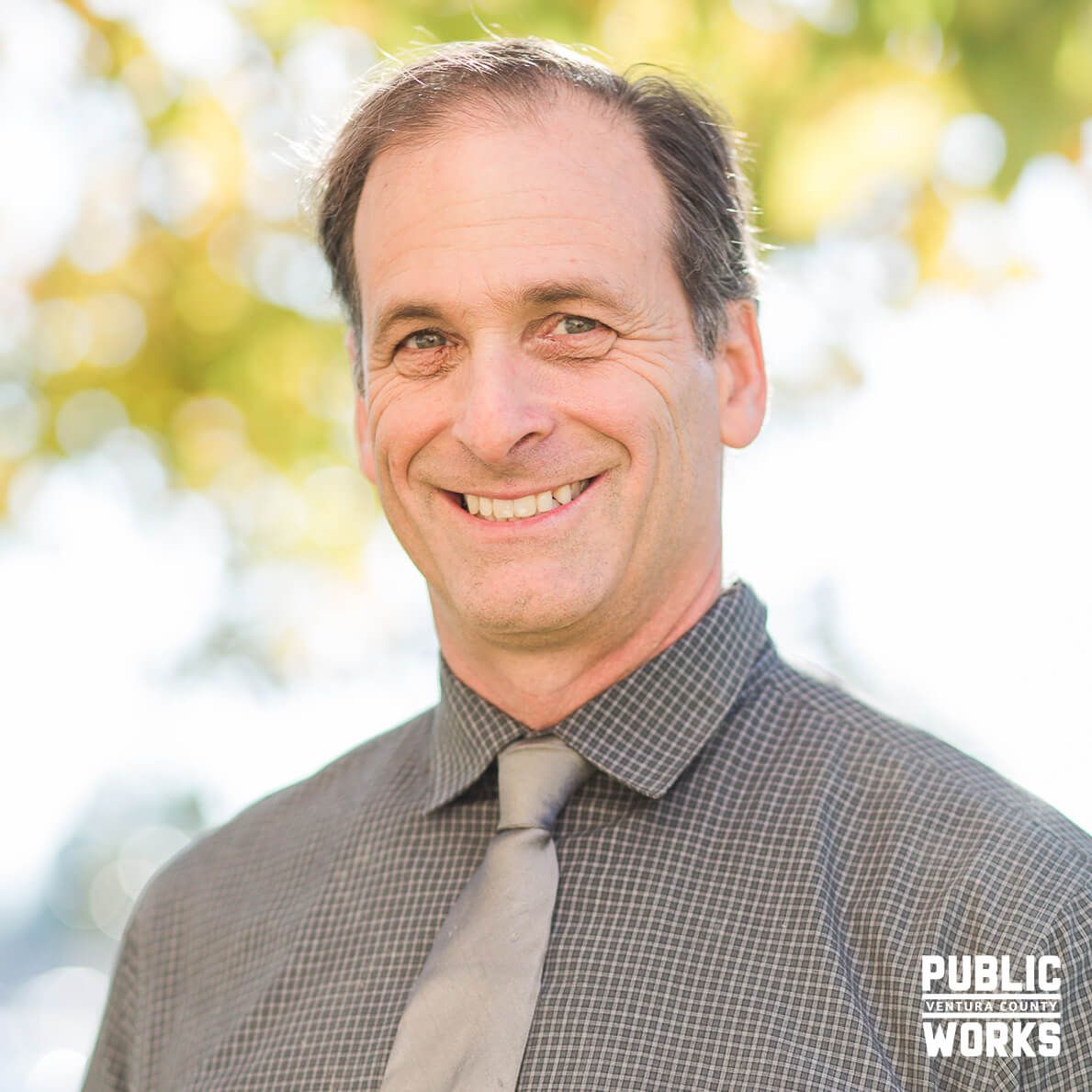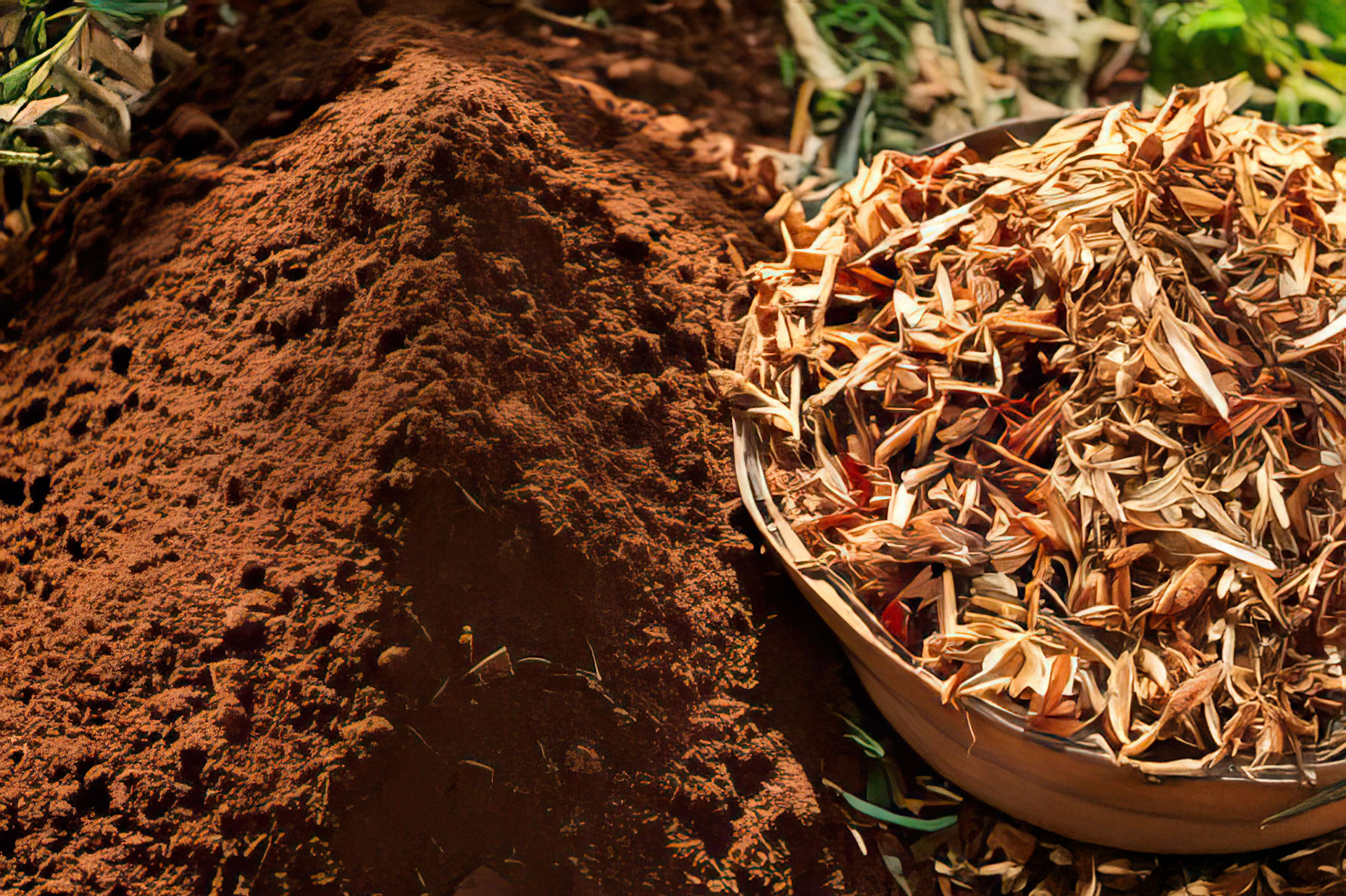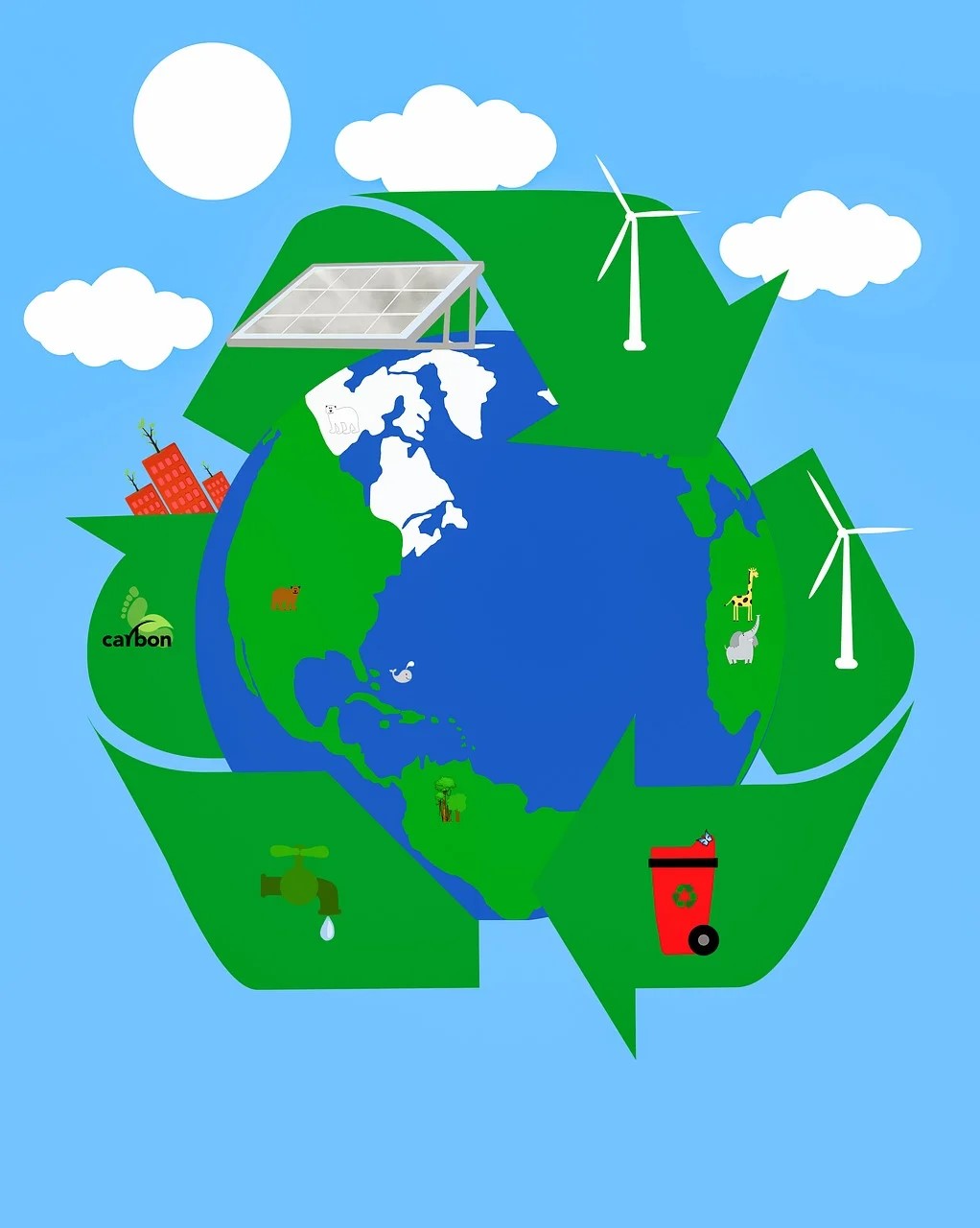VC Star
February 3, 2024
By David Goldstein
No one I know would intentionally dump plastics into the ocean, but we are all doing it unintentionally.
Steve Sprinkel, an Ojai Valley farmer, returned last month from the 44th Annual EcoFarm Conference at Asilomar, in Pacific Grove, where he learned about the extent of ocean pollution resulting from microfibers sluffing off clothing.
More concerning for Sprinkel was learning about the potential for these fibers to accumulate toxins from the environment and transfer toxins onto farms through fertilizer or water. Some toxins could potentially be taken up by root systems into crops, he fretted in an email to me and a group of others who follow his reports. Sprinkel practices “regenerative farming,” carefully ensuring his farm adheres to the highest environmental standards.
Another Ojai Valley resident, Sudeep Motupalli Rao, who holds a doctorate in chemical engineering, has been working on a solution.
A decade ago, Rao started Slowtech Labs and worked with the Silicon Valley startup Way To Be/ITG to develop CiCLO technology, named for the Latin word for circle. Independent, third-party testing data he shared with me shows the patented technology’s success at making synthetic textile fibers biodegradable. American Society for Testing Materials data charts biodegradation percentage along the vertical axis and time along the horizontal, documenting over 90% of fibers digested by microorganisms in 500 days. That’s in contrast to pure synthetic fibers, which persist over time, undigested. Tests simulated multiple environments where fugitive microfiber fragments might appear, including wastewater treatment plants, anaerobic digesters, seawater and soil.
Rao now serves as chief scientist at Intrinsic Advanced Materials, a joint venture partnership between ITG and Parkdale Inc., a 108-year-old North Carolina company that describes itself as “producing over 8,000 tons per week of products at 29 manufacturing plants” in the U.S., Mexico and South America. Consequently, CiCLO technology was incorporated into the textiles of many major clothing brands, including Nautica, Target, Billabong and Champion.
Rao’s story is inspiring. In India, following his father’s profession, he was studying to be a chemical engineer when, in 1984, an industrial accident changed his life. A pesticide manufacturing facility in Bhopal released a massive plume of toxic gas, injuring over half a million people and killing over 3,800 immediately, according to the U.S. National Institute of Health’s Center for Biotechnology.
“I still wanted to be a chemical engineer, but after that event, it changed what kind of chemical engineer I wanted to be,” he said. He did not want to come home from work, like his father, with holes burned in his shoes from harsh toxic chemicals. “I wanted to work for solutions that are healthy and safe.”
After graduation, and through his Ph.D. at the University of New Mexico, Rao’s work focused on the ways materials change over time. After a series of chemical engineering jobs in various industries, Rao says he now works on “slow” solutions “that embody life-centered design, safe green chemistry, nature-based biomimicry and cradle-to-cradle circular economy design, such as the CiCLO technology enabling fugitive plastics to degrade.”
Other partial solutions include washing machine filter installations, laundry load insertions such as GuppyFriend and Cora Ball, and enhanced treatment at wastewater facilities. All capture only a portion of the fibers washed off clothing. Synthetic fibers also reach the ocean after blowing out the exhaust pipes of dryers, sluffing off clothing during daily use or running off agricultural fields treated with biosolids containing microfiber fragments, according to Rao.
“Still, technology is only part of the systemic solution,” said Rao, noting it would take sustained cooperation over generations to replace all synthetic textiles with biodegradable fibers.
“Infrastructure, smart public policy, customer education, awareness for behavioral change, continuous innovation, aesthetics and care are all needed,” he said.
Besides wearing natural fiber clothes or clothes with the CiCLO logo on the label and inserting fiber capture devices in laundry machines, additional ways to reduce microfiber pollution include reducing clothing agitation during washing and drying. This can be done by washing full loads in cold water and hanging laundry to dry, or spot cleaning instead of laundering.
David Goldstein, an environmental resource analyst with the Ventura County Public Works Agency, can be reached at 805-658-4312 or david.goldstein@ventura.org.







